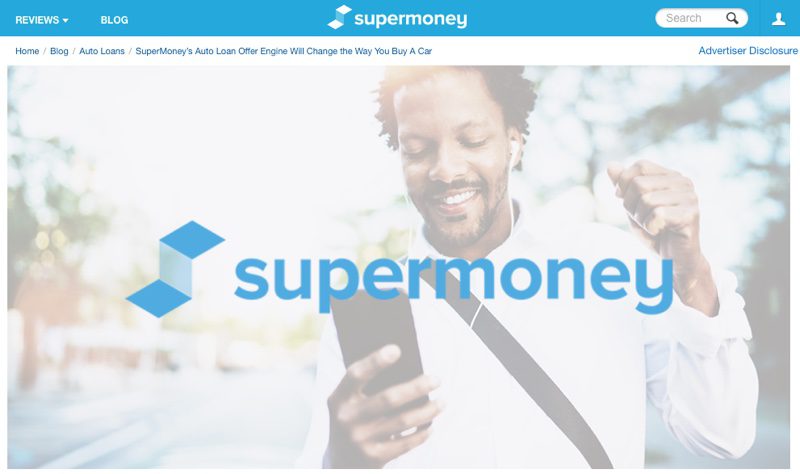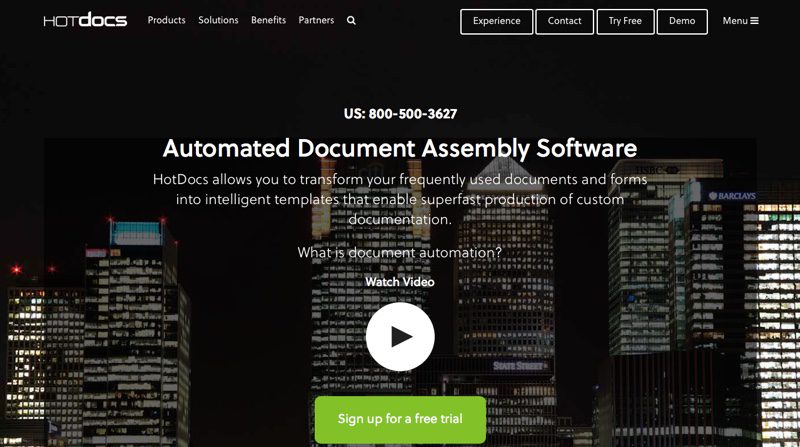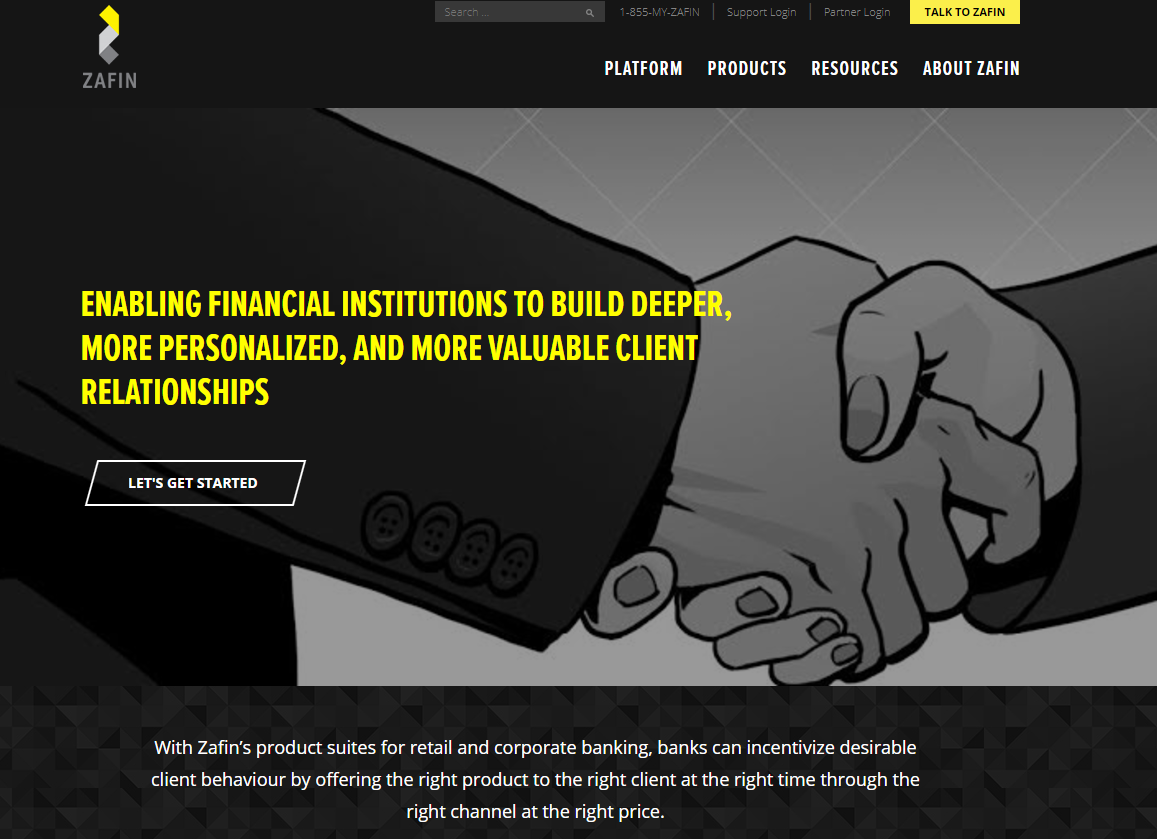
Inc. released its lists of the fastest-growing 5,000 private companies in the U.S. and Europe this week. Eight Finovate alums made the U.S. list and four earned spots on the Europe list. To qualify*, companies were required to be privately-owned and independent.
Inc. 5,000 U.S.
Overall in the U.S., financial services companies saw a 151% growth rate, while IT services experienced 112% growth, security 171% growth, and software grew 134%. Out of the 5,000 companies listed in 28 industries, here are the eight Finovate alums that earned their place on the list:
Alkami Technology
- Rank: 176
- 2016 revenue: $11.9 million
- 3-year growth: 24x
- Founded: 2009
- Employees: 192
- Ranked number 11 in top software companies, number 8 in top Dallas companies, and number 13 in top Texas companies.
Alkami debuted under the name iThryv at FinovateSpring 2009 in San Francisco.
nCino
- Rank: 361
- 2016 revenue: $26.1 million
- 3-year growth: 12.2x
- Founded: 2012
- Employees: 273
- Ranked number 24 in top software companies and number 10 in top North Carolina companies.
nCino debuted its bank operating system at FinovateEurope 2017 in London.
Tango Card
- Rank: 373
- 2016 revenue: $10.6 million
- 3-year growth: 11.6x
- Founded: 2009
- Employees: 57
- Ranked number six in top Seattle companies and number six in top Washington companies.
Tango Card debuted its Rewards as a Service API at FinovateFall 2016 in New York.
Kabbage
- Rank: 449
- 2016 revenue: $172 million
- 3-year growth: 9.8x
- Founded: 2009
- Employees: 325
- Ranked number 24 in top financial services companies, number 14 in top Atlanta companies, and number 16 in top Georgia companies.
At FinovateSpring 2015, Kabbage debuted the Kabbage Card. Kathryn Petralia, the company’s President, Chief Operating Officer and Co-Founder, will be featured on our Digital Lending Summit panel on September 13. Register today to save your spot.
Lighter Capital
- Rank: 634
- 2016 revenue: $6.4 million
- 3-year growth: 7.1x
- Founded: 2010
- Employees: 36
- Ranked number 10 in top Seattle companies and number 11 in top Washington companies.
Lighter Capital debuted its Next-Generation Loan Analysis & Monitoring at FinovateFall 2013 in New York.
defi SOLUTIONS
- Rank: 771
- 2016 revenue: $11.4 million
- 3-year growth: 5.9x
- Founded: 2012
- Employees: 59
defi SOLUTIONS showcased its loan origination solution at FinovateSpring 2014.
Cardlytics
- Rank: 1069
- 2016 revenue: $112.8 million
- 3-year growth: 4x
- Founded: 2008
- Employees: 325
At FinovateFall 2013, Cardlytics showcased its geolocation application.
Payoneer
- Rank: 1912
- 2016 revenue: $100 million to $500 million
- 3-year growth: 2x
- Founded: 2005
- Employees: 100 to 249
- Is a five-time Inc. 5,000 honoree
- Awarded as a Best Place to Work
Payoneer showcased its Commercial Account at FinovateAsia 2013.

Inc. 5,000 Europe
This is Inc’s third annual ranking of private companies in Europe, based on three-year revenue growth. In its analysis, Inc. ranked Paris, Romania, Sweden, Slovakia, and London as the top five regions with the highest number of fastest growing companies in Europe. Four Finovate alums landed on Inc.’s Europe list this year:
True Potential
- Rank: 900
- 2015 revenue: $52.6 million (€44.9 million)
- 3-year growth: 6.9x
- Founded 2010
- Employees: 29
True Potential demonstrated impulseSave at FinovateFall 2014
Zopa
- Rank: 909
- 2015 revenue: $32.9 million (€28.1 million)
- 3-year growth: 6.9x
- Founded: 2004
- Employees: 111
Zopa showcased its P2P lending platform at FinovateSpring 2008.
Fidor Bank AG
- Rank: 4413
- 2015 revenue: $35.5 million (€30.3 million)
- 3-year growth: 2x
- Employees: 148
At FinovateEurope 2011, Fidor Bank demonstrated its Fidor Pay account.
Truphone
- Rank: 4183
- 2015 revenue: $42.9 million (€36.6 million)
- 3-year growth: 2.9x
- Founded: 2001
- Employees: 522
Truphone showed off Truphone Mobile Recording at FinovateEurope 2014.
*Other qualifying criteria include
- Have started earning revenue by March 31st, 2013
- Had revenue no less than $100,000 in 2013
- Had revenue no less than $2,000,000 in 2016
- Revenue in 2016 exceeds revenue in 2013






















